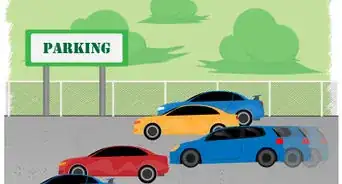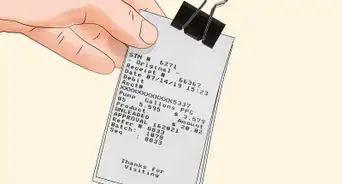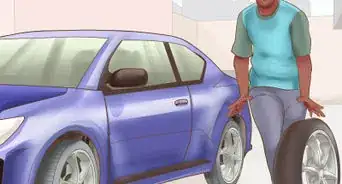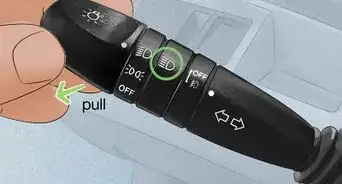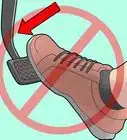This article was co-authored by wikiHow Staff. Our trained team of editors and researchers validate articles for accuracy and comprehensiveness. wikiHow's Content Management Team carefully monitors the work from our editorial staff to ensure that each article is backed by trusted research and meets our high quality standards.
This article has been viewed 1,018,827 times.
Learn more...
If you drive a car, bike, or motorcycle, chances are you regularly experience the frustration of waiting at red traffic lights that seem to take forever to change. Some traffic lights are timed to reflect the common flow of traffic, but others are designed to keep heavy traffic moving with green lights until they detect vehicles that arrive at a cross street and change accordingly. Learn how to recognize these actuated traffic lights and trigger them effectively so you aren't waiting for a light that will never change.
Steps
Determining the Type of Traffic Lights
-
1Look for signs of an inductive loop detector. As you pull up to an intersection, look for markings in the roadway that indicate an inductive loop that has been installed below the surface to detect the conductive metal in cars, bikes, and motorcycles.
- Once a vehicle is detected by the loops, the traffic light system is signaled that there is someone waiting to proceed. The lights for the cross traffic will then begin to change after a safe time period before the light turns green for you.
- Check for signs of loop detectors in the pavement just before the stop line and crosswalk markings. You will often be able to see grooves in the pavement where the loop has been installed, indicating where you should position your vehicle.
- There are several different shapes of inductive loops, including a dipole (one loop with two long sides), quadrupole (two loops with three long sides), and diagonal quadrupole (two loops with four long sides, designed to detect two-wheeled vehicles more easily).[1]
-
2Check for camera detection. Look out for cameras at intersections, which can detect the presence of cars waiting and signal the lights to begin changing.
- Find cameras of this type mounted to posts and beams at the intersection, near the traffic lights themselves.
- These cameras can also be used to take photos of illegal traffic activity, or they may perform both functions.
Advertisement -
3Consider that the lights could be fixed time operated. Know that some traffic lights change based on a predetermined timer only, and cannot be specifically triggered to change by the presence of a vehicle.
- These fixed time lights would likely be found in an area with equally heavy traffic coming from both sides, or in a town or city that simply doesn't have the infrastructure for an actuated system.
- Note that while this type of traffic light is pre-determined and scheduled by traffic control engineers, it is typically regularly updated based on actual usage, and even adjusted to take into account holidays, big events, and other potential variations in traffic.[2]
Positioning Your Vehicle Correctly
-
1Pull up to the stop line in a car. Drive your car up the stop bar or line, which is a line perpendicular to your car painted just in front of the crosswalk markings at most intersections.
- If you see grooves in the road that indicate the presence of inductive loops, make sure your car is positioned directly over those loops so it gets detected.
- If you see no signs of inductive loops, or you see a camera control system, just make sure that you are positioned in the middle of the street lane, not further forward than the stop line and not too far back from it.
- It's especially important to position your car not too far forward or backward when in a left turning lane, as these often will have their own detector that signals a protected left turn signal.
-
2Position a bike or motorcycle at the correct spot. Note that those with bicycles, scooters, and motorcycles sometimes have difficulty triggering traffic light detectors due to the smaller profile of a two-wheel vehicle. Be extra careful to position yourself in line with a given detector.
- On a street with markings that indicate a dipole (one loop), position both bike wheels directly over either the right or left side of the loop. For a quadripole (two loops), position the wheels over the middle line where the two loops connect. For a diagonal quadripole, position yourself anywhere over the markings.[3]
- Some intersections may have markings directly on the roadway that indicate a line on which cyclists should place the wheels of their bikes. Often there will be a nearby sign with the same symbol as on the pavement, indicating “To request green, wait on [symbol].”[4]
- If there is a camera installed for detection, simply make sure your bike or motorcycle is positioned in the center of the lane, or lean it toward the middle of the lane from one side. You may even want to face diagonally toward the camera, so as to make your profile larger and more easily detected.
-
3Initiate a crosswalk button as a pedestrian. Take extra care as a pedestrian to initiate a traffic signal change using the available crosswalk buttons, as you cannot signal the same detectors that vehicles do.
- Push the appropriate button to cross the street in the intended direction and wait for the walk signal to appear before proceeding. Some intersections automatically update the pedestrian signals when the regular traffic lights change, but many must be manually engaged.
- Never assume that a green traffic light indicates that you can walk if there is not also a white walk symbol illuminated for pedestrians. You should also only cross where white crosswalk symbols are painted on the roadway, whenever possible.
Boosting Your Vehicle's Detection
-
1Try a neodymium magnet. Attempt to boost the electromagnetic detection of your small vehicle in an inductive loop system by attaching a small, powerful magnet to the underside of your motorcycle or bike.
- Note that many find that this method is not very effective, though others have shown that it may make a difference when the magnet is moved over the loop detector at a slow speed rather than standing still.[5]
- Take care in handling powerful magnets like neodymium magnets. They can interfere with pacemakers, electronic devices, and navigation systems. They can be harmful if they collide and break, corrode, or pinch fingers and other body parts.[6]
-
2Put your motorcycle's kickstand down. Try lowering your motorcycle's kickstand directly onto one of the loops that you see indicated by grooves in the road's surface.
- It is possible that this small extra quantity of conductive metal placed directly on a loop's edge can help trigger an inductive loop detector system.[7]
- This will only make a difference on an inductive loop detector, though making more of a movement on your motorcycle (to put down the kickstand or otherwise) may still help in triggering a camera detector as well.
-
3Avoid illegal strobe light transmitters. Never attempt to activate the Traffic Signal Preemption systems in place for emergency service vehicles to travel more quickly and safely through intersections, achieved only through special transmitters and sensors.[8]
- It's a myth that flashing the high beams on your vehicle can activate the sensors that detect special infrared transmitters in emergency vehicles and some public transportation vehicles.[9]
- There are some transmitters sold that effectively transmit the right signal to activate these sensors, but they are illegal to own unless authorized for an emergency services or public transportation vehicle.
Community Q&A
-
QuestionCan triggering a green light cause an accident?
 Community AnswerNo, triggering a green light through the inductive loop or camera system of vehicle detection doesn't alter the normal, safe schedule of traffic light changes. The cross traffic will always receive a red light just before the light turns green for your to proceed. An accident would only be caused by the fault of a driver running through a red light, some other vehicle malfunction or misbehavior, or the rare occasion of a faulty signal. In the latter case, you should notify authorities immediately of the problem and the location of the affected intersection.
Community AnswerNo, triggering a green light through the inductive loop or camera system of vehicle detection doesn't alter the normal, safe schedule of traffic light changes. The cross traffic will always receive a red light just before the light turns green for your to proceed. An accident would only be caused by the fault of a driver running through a red light, some other vehicle malfunction or misbehavior, or the rare occasion of a faulty signal. In the latter case, you should notify authorities immediately of the problem and the location of the affected intersection. -
QuestionCan a car doing a turn that has entered an intersection on green but is sitting over inroad sensors while waiting for pedestrians trigger the camera when it moves off after the red light has come on?
 Community AnswerThose cameras are usually triggered when the light turns from yellow to red. If you are already in the intersection (past the legal stop line) when the light turns red, you should be fine. If a police officer is around, he might give you a warning, but you should not get a ticket. The safest thing to do is to get out of the intersection as soon as possible, regardless of what color the light is.
Community AnswerThose cameras are usually triggered when the light turns from yellow to red. If you are already in the intersection (past the legal stop line) when the light turns red, you should be fine. If a police officer is around, he might give you a warning, but you should not get a ticket. The safest thing to do is to get out of the intersection as soon as possible, regardless of what color the light is. -
QuestionHow many seconds per color?
 Community AnswerThis varies greatly based on what streets are in the intersection and what time of day and time of week it is. Major streets usually have longer green lights than minor streets when they intersect.
Community AnswerThis varies greatly based on what streets are in the intersection and what time of day and time of week it is. Major streets usually have longer green lights than minor streets when they intersect.
Warnings
- All methods for traffic light operation can be faulty or poorly calibrated to detect certain vehicles. If none of these suggestions work, you have a consistent problem at a certain intersection, or you see that an intersection is unsafe, don't hesitate to notify the Department of Transportation in your city.⧼thumbs_response⧽
References
- ↑ http://www.humantransport.org/bicycledriving/library/signals/green.htm
- ↑ https://www.washingtonpost.com/posttv/national/red-light-green-light-how-traffic-signals-work/2014/08/04/918640be-1c1e-11e4-9b6c-12e30cbe86a3_video.html
- ↑ http://www.humantransport.org/bicycledriving/library/signals/green.htm
- ↑ http://www.humantransport.org/bicycledriving/library/signals/detection.htm
- ↑ http://www.superstreetbike.com/how-to/dropping-kickstand-or-using-magnet-trips-green-light-mythbusters
- ↑ http://www.kjmagnetics.com/safety.asp
- ↑ http://www.superstreetbike.com/how-to/dropping-kickstand-or-using-magnet-trips-green-light-mythbusters
- ↑ http://www.tech-faq.com/how-do-traffic-lights-work.html
- ↑ http://www.superstreetbike.com/how-to/dropping-kickstand-or-using-magnet-trips-green-light-mythbusters
About This Article
To trigger a green traffic light, you'll need to be at an intersection with actuated lights, which are lights that detect vehicles as they arrive at a cross street. You can tell if an intersection has actuated lights by looking for grooves on the road or cameras, which can both be used to detect cars waiting at the light. If you want to trigger the system to change the light, pull right up to the stop line so you’re detected. Since it’s harder to detect a bike or motorcycle, try attaching a powerful magnet to the underside of your ride or put your bike’s kickstand down. To learn how to position your bike or motorcycle on the right spot to trigger the light to change, keep reading!
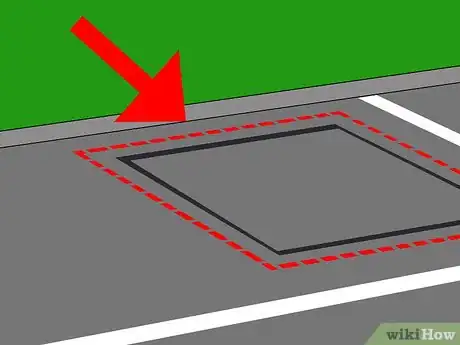

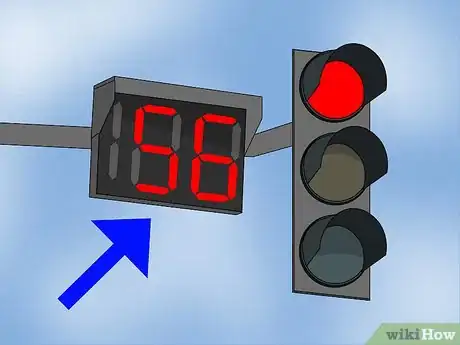



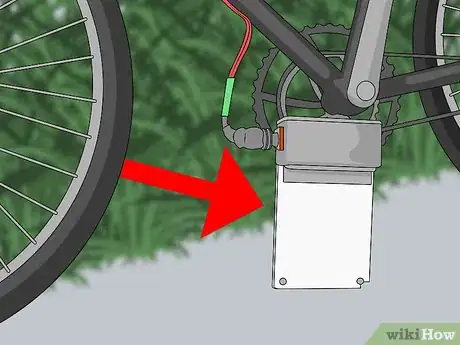
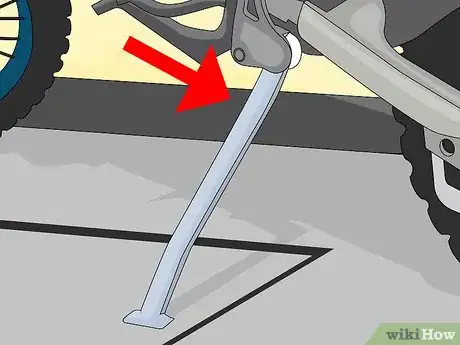
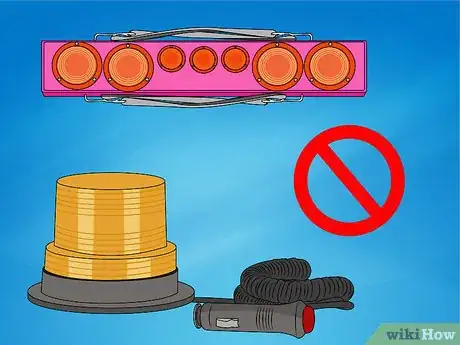
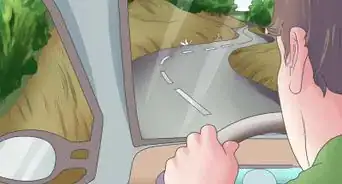



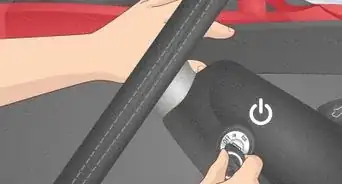
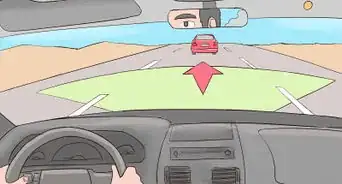
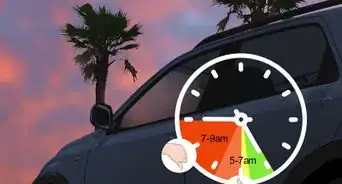
-Step-9-Version-2.webp)
